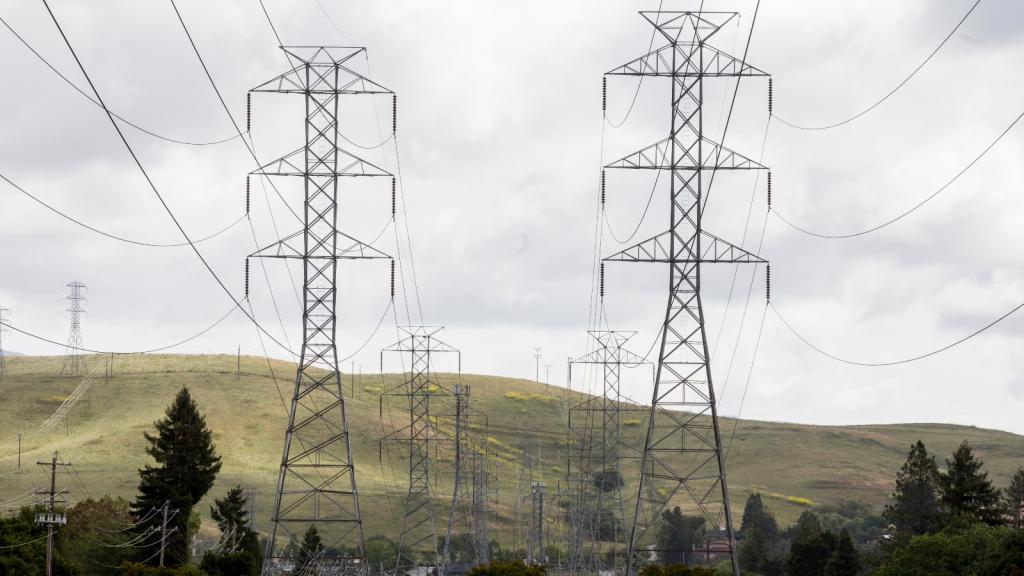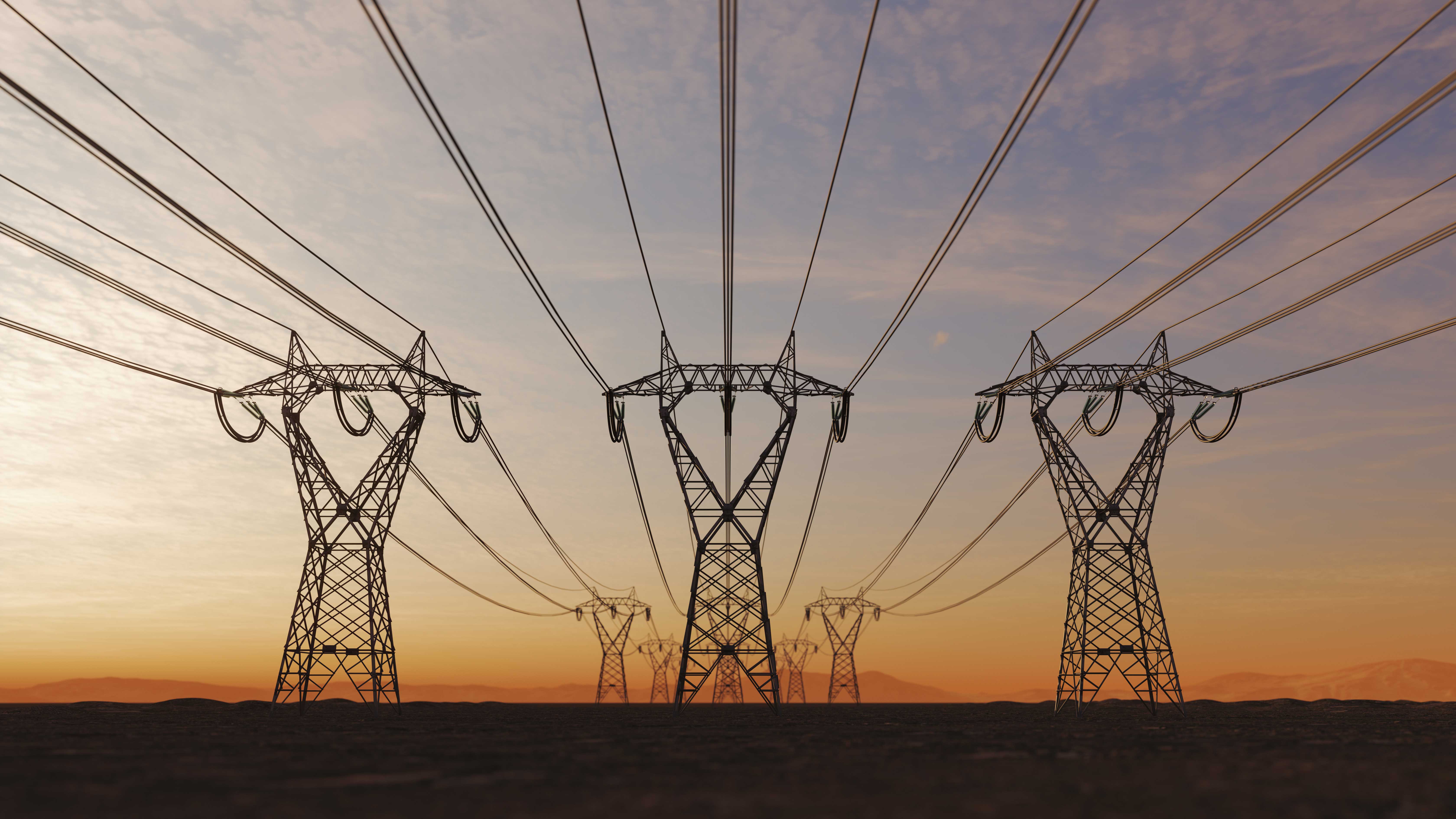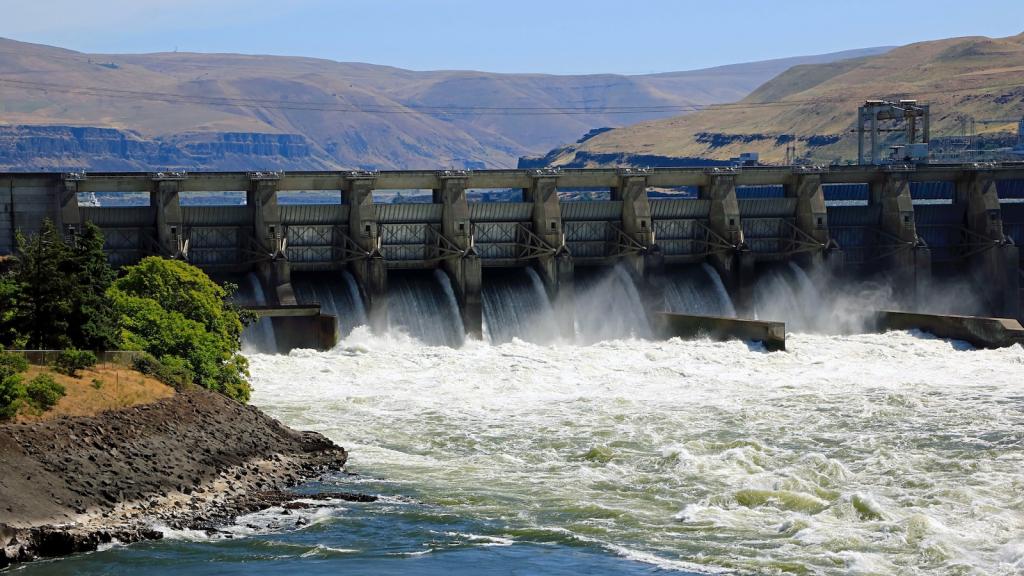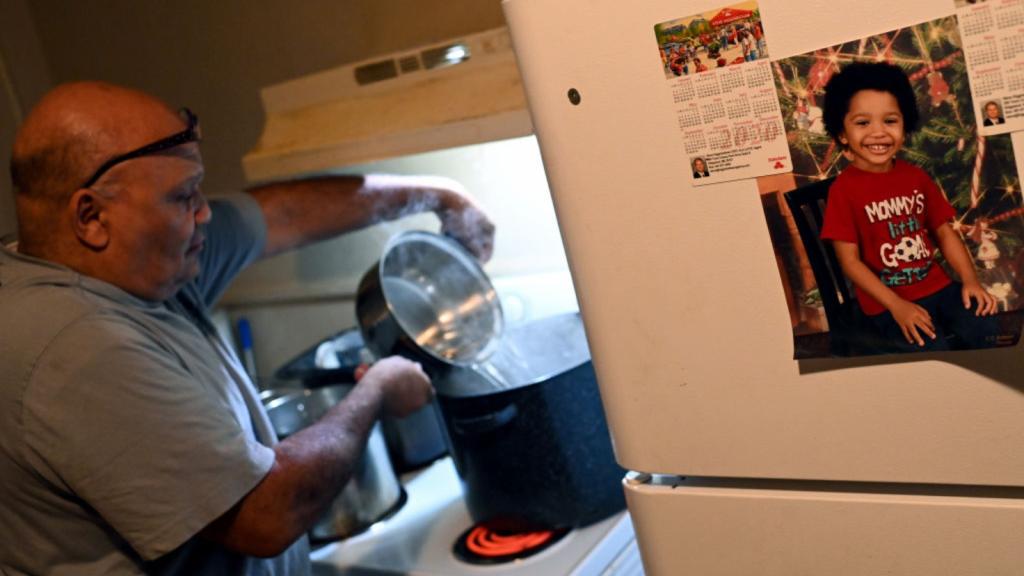After a nearly two-decades-long permitting process, a 732-mile transmission line capable of sending power from what will be the largest onshore wind farm in North America to western states got a green light last week.
The Bureau of Land Management, or BLM gave final approval to begin building the $3 billion TransWest Express high-voltage transmission line. The infrastructure project will deliver three gigawatts of power from the 600-turbine Chokecherry and Sierra Madre Wind Energy Project, which broke ground this year in a former coal-mining community in Wyoming, to grids in Arizona, Nevada, and California. That’s enough energy to power about 2 million homes.
“This is the biggest interstate transmission line that will be built in the West in decades,” said Kara Choquette, communications director at TransWest Express, LLC. “It’s not just about sending Wyoming wind to California solar, but how do you blend all these sources together. The physical infrastructure to connect diverse renewable resources will be there.”
The 18-year wait for this transmission line is a reminder of how complicated permitting processes can slow the country’s transition to clean energy.
Projects built on federal lands are subject to the National Environmental Policy Act, or NEPA, which dictates the environmental review process. NEPA does not include time limits for when environmental reviews must be completed. Also, transmission lines often cross multiple states, inviting opportunities for opposition and bureaucracy from multiple jurisdictions. The TransWest Express crosses four states, through both public and private lands, and required approvals from various federal, state, tribal, and local agencies, as well as some determined property owners.
While there is bipartisan support for permitting reforms that could speed up NEPA processes or consolidate the number of decision-makers, substantive changes have not yet materialized. Democratic Senator Joe Manchin of West Virginia tried to pass a permitting reform bill last fall that would have transferred some state authority to the federal government on major projects, but it stalled, despite support from Energy Secretary Jennifer Granholm.
House Republicans included permitting reform in the Lower Costs Energy Act, the energy bill that they passed last month. Its other provisions were so antithetical to clean energy goals that Senate Majority Leader Chuck Schumer, a Democrat from New York, said the bill was a “nonstarter” in the Senate but indicated that he wanted bipartisan discussions on permitting reform to continue.
While streamlining approval of interstate projects could help the U.S. meet its climate goals faster, it can’t be done at the expense of environmental review and community input, said Jeremy Firestone, an expert on wind energy at the University of Delaware. “If we are going to do this transition,” he told Grist, “we need to be open and transparent and provide good information about the environmental and social effects, and the positive attributes of these projects as well, like the fact that they’re going to replace fossil fuel generation.”
The TransWest Express could be particularly impactful for California, which has a goal of achieving 100 percent clean energy by 2045. To meet that goal, the state would need to retire fossil fuel sources like natural gas and coal plants while simultaneously accounting for increased power demand from sources like electric vehicles. In a 2021 report, the state said it would have to triple its grid capacity by 2045.
Adding transmission capacity of this scale will be essential to converting the nation to completely carbon-free power sources. “It’s like your veins,” Firestone said. “If you’ve got your heart pumping blood, you’ve got to get it to where you want to use it.”
Construction on the TransWest Express will start this year. TransWest Express LLC, a subsidiary of Anschutz Corp., which also owns the wind farm project, said it expects to complete the project by 2028.
Correction: This story previously misidentified Senate Majority Leader Chuck Schumer.



